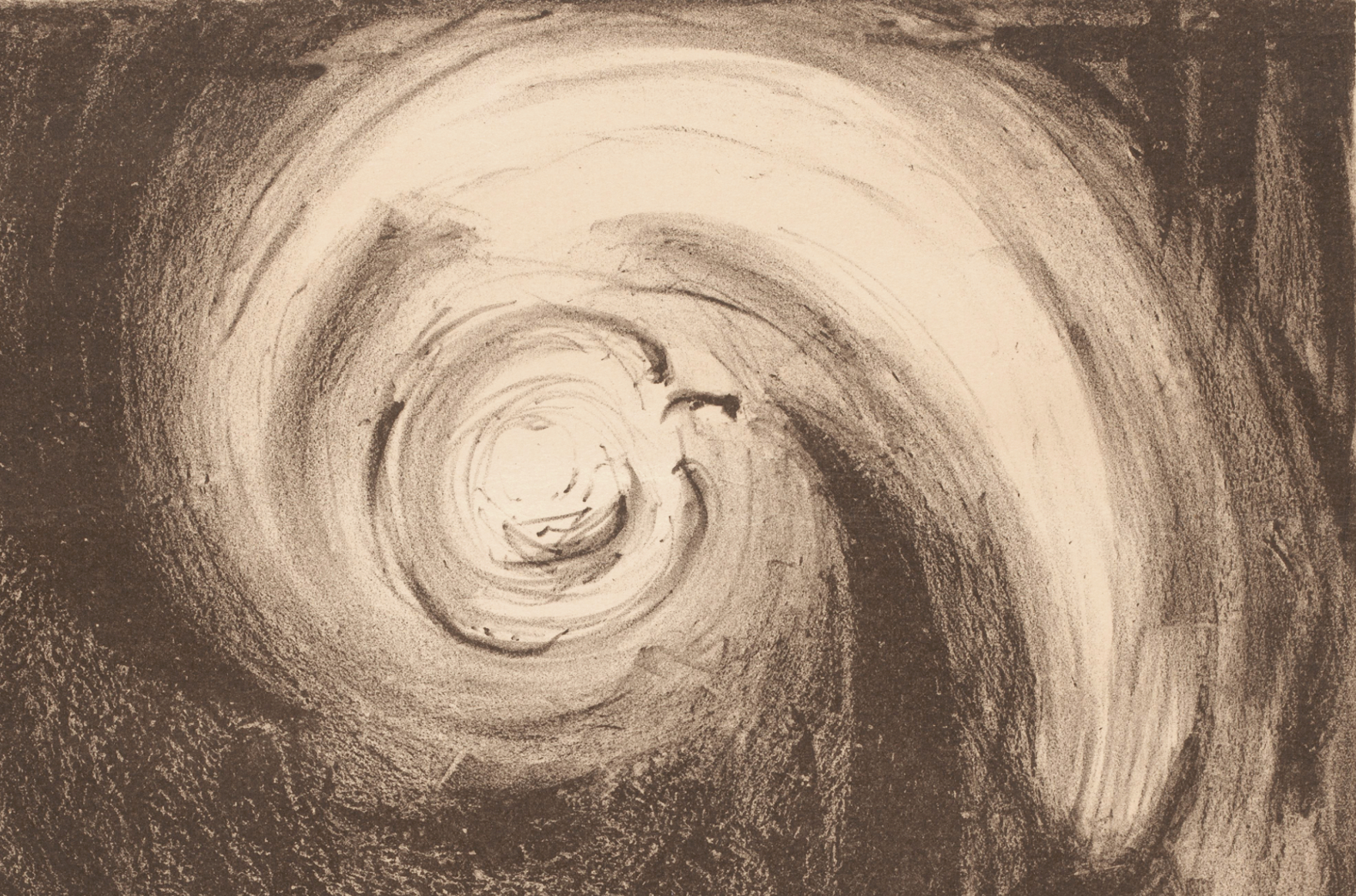
{{ $localize("payment.title") }}
In 1838, as the United States began its Exploring Expedition to the South Seas, Edgar Allan Poe published a novel that masqueraded as a travelogue. John Tresch guides us along this strange trip southward, following the pull of its unfathomable mysteries.
In May, 1837, the U.S. economy screeched to a halt; the panic struck. Martin Van Buren had inherited an impending disaster. Interest rates in England had recently risen and cotton prices plunged. The nation plummeted into seven years of stagnation.
All the while, Edgar Allan Poe worked with a focus sharpened by hunger. Years earlier, when Poe wrote to editors in hopes of publishing Tales of the Folio Club — each written in a distinct style, exaggerating the conventions and clichés of established genres and authors, often uproariously — he was warned that there was little public appetite for story collections.1 James Kirke Paulding, a reviewer for Harper & Brothers, said Americans preferred works “in which a single and connected story occupies the whole volume”.2
Poe took the advice. In late 1836, still in Richmond, Virginia, he began a seafaring novel inspired by Robinson Crusoe, with a hero whose name echoed his own: Arthur Gordon Pym. Poe’s novel would draw on popular excitement for a national scientific venture: a government-sponsored expedition to the South Seas. The project had been sparked by the lecturer J. N. Reynolds, who had been seized by the “hollow earth” theory of John Cleves Symmes, the “Newton of the West”.3






/cloudfront-us-east-1.images.arcpublishing.com/pmn/2OMDYOYIKRDYJOSDNJCST4GN34.jpg)





